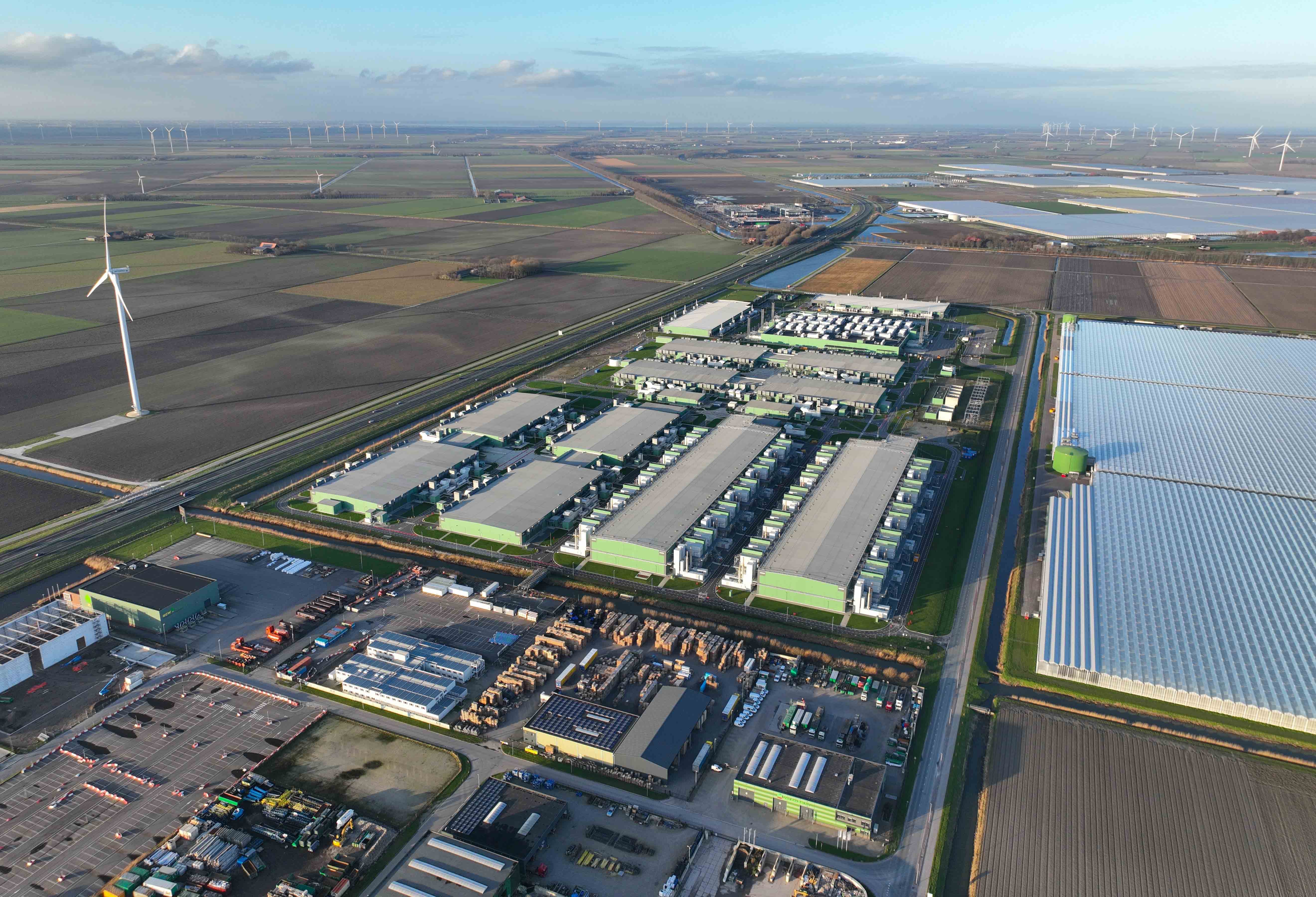It’s been a long, bad stretch for people who sell natural gas.
In the winter of 2021 to 2022, bitterly cold weather shut down production and caused people to use up much of the available gas supply. Prices started to rise, peaking on Aug. 22, 2022, when the Henry Hub price hit $9.85/MMBtu, the highest since the summer of 2008.
After that, it’s been mostly downhill.
Two winters followed that didn’t bring winter with them. The Henry Hub price fell below $4/MMBtu at the start of 2023. The nation’s gas supply kept shooting up, regardless.
According to the U.S. Energy Information Administration, the U.S. had 2.563 Tcf of natural gas in underground storage by the beginning of May. It was another monthly five-year storage record, the fifth in a row going back to January 2024.
The Henry Hub dropped below $2/MMBtu at the start of February. Natural gas production leaders EQT and Chesapeake Energy announced production cuts in February and March. The picture at the regional Waha price hub in Pecos, Texas, was bleaker. Daily spot prices started dipping into negative territory, forcing producers in the region to pay customers to take the excess gas off their hands.
So why do so many gas producers and midstream companies sound happy?
“I think that growing data center demand on the doorstep of our asset base is something that has really surprised us, in that the more we study it, the more excited we get,” said Jeremy Knop, CFO of EQT.

Trends and power
An exploding artificial intelligence (AI) sector and its need for gas-fired power generation has been growing in the consciousness of the energy industry over the past year.
In October 2023, Scientific American published an interview titled, “The AI Boom Could Use a Shocking Amount of Electricity.” Journalist Lauren Leffer talked to data scientist Alex de Vries, who had just published a study on AI energy requirements.
Globally, data centers currently use around 1% to 1.5% of the world’s electricity.
De Vries said that number was going to rise, quickly. If trends hold, NVIDIA, the corporate leader in AI, will ship out 1.5 million AI server units each year until 2027. And each year, the 1.5 million servers will require 85 terawatt-hours of electricity to run at capacity. One terawatt-hour can power a billion 100-watt light bulbs for an hour.
An International Energy Agency report highlighted that an average Google search uses 0.3 watt-hours of electricity. A ChatGPT query uses 2.9 watt-hours, more than nine times the amount of electricity.
According to de Vries, if all 9 billion daily Google searches were done using ChatGPT, Google would need the amount of power used by Ireland each day to meet the demand.
De Vries noted his study did not include the energy needed to keep the servers cool, which he guessed would add another 50% to the overall energy cost. While it is possible that massive increases in efficiency will soften the oncoming blow to the U.S. electrical grid, rising demand is coming.
Natural gas producers and the midstream industry see an opportunity, and many executives shared their enthusiasm during their first-quarter earnings reports.
Gas by default
Industry analysts say gas-fired generators are the likely path if the U.S. needs a lot more power quickly.
The EIA reported in 2022 that developers had no new plans for a coal power plant in the U.S., and that utilities planned to retire 25% of the current inventory by 2029. Wind and solar power would have a difficult time providing the massive amount of energy needed, especially during cloudy or still days.
The brand new nuclear plants at the Vogtle complex near Augusta, Georgia, were completed seven years late and $17 billion over budget, according to the Associated Press.
With a much shorter development time of three to four years for a gas-fired generator, and abundant gas supplies available, producers say they are hearing from the tech sector.

“Everybody understands the energy that they require. They want it affordable, they want it reliable and they want it clean,” said EQT President and CEO Toby Rice at his company’s quarterly earnings call in April.
“And certainly, with data centers, reliability is at the top of the list. But the other dynamic at play is going to be speed. And there’s only one energy source that has that track record.”
Rice noted that the Mountain Valley Pipeline, which will extend gas produced in the Marcellus Shale through West Virginia and southern Virginia, will help the tech sector develop in the region.
Midstream company TC Energy reported that executives are working with developers in the tech sector, primarily in Virginia and Wisconsin. Planning for an upcoming surge, the company has been reinforcing parts of its pipeline network to handle the extra load.
In Texas, Energy Transfer is in talks with a chip manufacturer for a gas pipeline, said ET co-CEO Mackie McCrea.
“We’re believers like everybody else,” McCrea said. “The data centers—especially around AI—it’s going to happen.”
An April report by Wells Fargo analysts forecast that U.S. electrical demand for data centers would cause a 10 Bcf increase in daily natural gas usage. Today’s demand could reach 45 Bcf/d, over the current 35 Bcf/d used for power generation.
Static shock
The optimism about AI is not universal, however.
Jeremy Grantham, an investment strategist for GMO, who is otherwise known for predicting both the dot-com crash in 2000 and the financial crisis of 2008, recently wrote a blog post predicting a bursting AI bubble.
AI “seems likely to be every bit as powerful and world-changing as the internet, and quite possibly much more so,” he wrote. “But every technological revolution like this—going back from the Internet to telephones, railroads, or canals—has been accompanied by early massive hype and a stock market bubble as investors focus on the ultimate possibilities of the technology, pricing most of the very long-term potential immediately into current market prices.”
The result is that initial enthusiasm for a new thing dims when people realize that bringing the potential of the new thing into reality requires several missteps and building a solid support structure, which can take years, Grantham wrote.
Power up
Even if the AI build-out fizzles, the world is still going to need far more electricity than it has on hand today, said Scott Tinker, director emeritus of the Bureau of Economic Geology, who talks on global energy issues.
Since the late 2000s, U.S. electrical production has been largely flat. The country continued to advance technologically, but new products, such as LEDs for traditional light bulbs, increased efficiency and decreased the need for new power generation. That’s no longer the case, Tinker said.
The need for data centers, AI or otherwise, will continue to draw more power. And if EVs continue to be adopted, it amounts to a massive addition of power demand.
“EVs are a whole ’nother sector of electricity consumption that we currently don't have, and it’ll be as big as commercial, residential and industrial potentially,” Tinker said. “Where is that going to come from?”
For natural gas producers, it’s an easy question to answer.
Recommended Reading
Civitas Adds Former EOG Exec Lloyd Helms to Board
2025-02-26 - In conjunction with its recent $300 million Midland Basin bolt-on, Civitas Resources has increased its board to 10 directors.
Rising Phoenix Capital Launches $20MM Mineral Fund
2025-02-05 - Rising Phoenix Capital said the La Plata Peak Income Fund focuses on acquiring producing royalty interests that provide consistent cash flow without drilling risk.
Equinor Commences First Tranche of $5B Share Buyback
2025-02-07 - Equinor began the first tranche of a share repurchase of up to $5 billion.
Chevron Makes Leadership, Organizational Changes in Bid to Simplify
2025-02-24 - Chevron Corp. is consolidating its oil, products and gas organization into two segments: upstream and downstream, midstream and chemicals.
Elliott Nominates 7 Directors for Phillips 66 Board in Big Push for Restructuring
2025-03-04 - Elliott Investment Management, which has taken a $2.5 billion stake in Phillips 66, said the nominated directors will bolster accountability and improve oversight of Phillips’ management initiatives.
Comments
Add new comment
This conversation is moderated according to Hart Energy community rules. Please read the rules before joining the discussion. If you’re experiencing any technical problems, please contact our customer care team.






